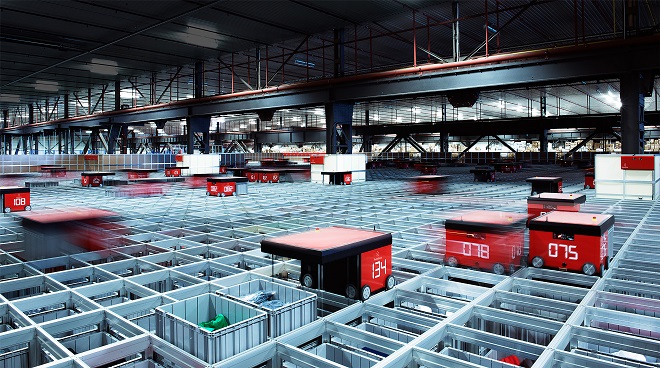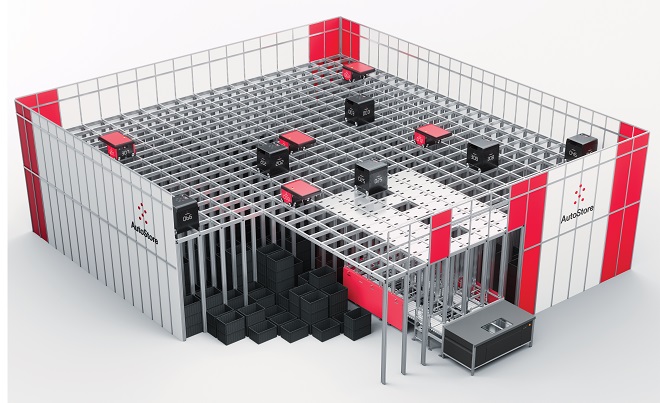AutoStore
Highly efficient and reliable

Highly efficient and reliable

Why AutoStore?
Investments in new storage capacities are expensive and time-consuming, and are preceded by a complex planning phase. This not only inhibits potential companies, but also requires a holistic view of the company's own intralogistics. The fully automatic AutoStore system can be adapted to the spatial restrictions on site. In this way, picker workstations can be arranged according to choice in order to achieve higher storage capacities without major adjustments.

Benefits of AutoStore
In terms of the basic structure, AutoStore corresponds to a static storage system, but a structure guided by robots that allows sorting at any time, including the relocation of containers. Orders can be “prescheduled” to a certain extent via the iFD warehouse management system if it is clear that they will be needed soon.
|
|
|
See yourself: The exchange between iFD module and AutoStore technology takes place via a task interface, a field-tested, stable, fast and uninterrupted communication variant. The challenge when connecting the AutoStore solution lies in the preparation of the data in order to be able to use the internal optimization of the system in the best possible way. With the help of the information provided by the higher-level system, the AutoStore module carries out preliminary work planning. This information is passed directly to AutoStore via the interface. Continuous optimization of the container position is carried out by constantly monitoring the call-off quantities for each article.
The AutoStore module also includes a cockpit for calculating and visualizing the forecast, system utilization and availability, and key performance indicators. Information such as the port performance (containers per port and hour), the system efficiency (average waiting time at the ports) or the average order preparation time (when does the order start at the picking port after the order has been dispatched) are displayed visually on the dashboard and via an app on mobile devices. The current status of each robot can also be called up by employees at the port or in the control center. |